According to experts, about 80% of cars that are operated in our country are equipped with tinted windows. There are a lot of advantages in tinting - among them one can name the privacy of the interior space, due to the absence of bright sunlight and even a reduced wear rate of the interior upholstery.
Previously, manufacturers used two methods of tinting glass, represented by applying a film and adding special pigments to the raw materials for glass production.
Now the number of ways to darken glass has increased significantly - so it's worth figuring out which tinting is best for certain cases.
Main varieties
The peak of popularity of tint film has already passed - it is gradually giving way to other, more perfect methods of dimming. However, many motorists prefer to use such a classic material for tinting due to its cheapness and ease of self-application. Also, the advantage of the film is its widespread use - the material can be bought in any store, and not ordered and waited for several weeks.

However, tinting films have significant drawbacks, represented by low strength and low durability. Even a perfect tint film will need to be changed after 2-3 seasons or after one season of active off-road driving.
Glasses made with the addition of a special darkening pigment are still available to motorists. They are very expensive and in most cases they are made to order, which makes them wait a long time for darkened parts. However, this tinting will remain throughout the life of the glass and will not require restoration. In addition, many manufacturers provide certificates for tinted glass, which greatly facilitates the inspection procedure.
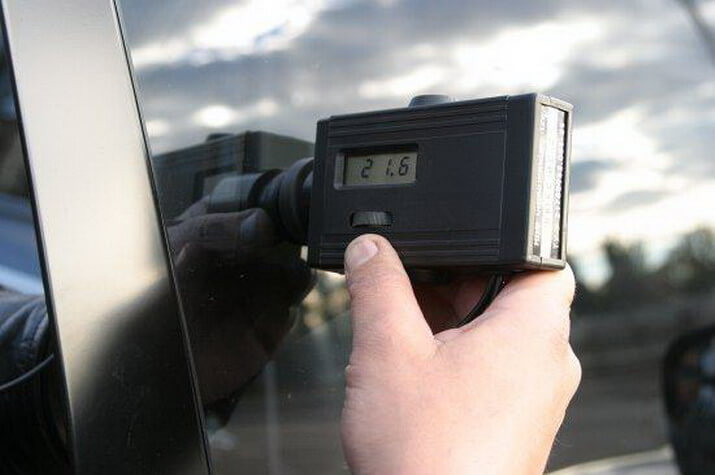
The latest innovation in the field of tinted car windows is a removable tinted glass with a sturdy frame. Its main advantage lies in the possibility of one hundred percent darkening of the interior during parking, which will prevent heating of the interior space. Before driving on the road, such tint can be simply removed without causing any damage to the glass, or you can change it to a part with greater transparency.
If you are interested in what is the best removable tinting, you can choose products without further hesitation. famous brands because it will not have an exorbitant price tag. The disadvantage of such a device can only be called not too great ease of installation and rapid wear with active use.


Relatively recently on Russian market another American manufacturer, GlobalWindowFilm, was released. His main feature consists in using a closed production cycle, starting from oil production, polymer synthesis, and ending with the release of a finished product. Thanks to this, the company manages to reduce the scrap rate to 0.01%. Global tinting films have a multi-layer structure, which includes:
- High strength polymer backing;
- UV stabilization layer;
- Tinted layer;
- A protective layer that prevents damage from mechanical stress.
This ensures exceptional ease of application of the material and its durability.

If you need to figure out which tinting film to choose, you should not pass by Armolan products. It produces an ultra-strong film that not only darkens the glass, but also significantly increases its strength. Even if a large stone hits, you can not be afraid of cracks or even holes. In addition, Armolan tinting film is also very easy to apply and protects the interior of the car from UV rays.
Removable tinting selection
The best option for a car is a removable Silicon Tint tinting, which is created on the basis of the polymer material mentioned in its name. It blocks up to 90% of UV rays and provides 10-90% dimming, depending on the specific model. Such a film for tinting compares favorably with frame models - it is applied directly to the glass, like a classic material, but it is very easy to remove and can be reused thanks to the use of a special substrate that excludes adhesion. Silicon Tint products comply with international standards and Russian GOSTs in the field of car tinting.

The aforementioned manufacturers LLumar and SunControl have also started production removable tinting- frame and frameless. Both companies use unique materials created using the latest technical advances... Thanks to this, it is possible to ensure a long, trouble-free service life of the tinting, as well as to protect it from mechanical damage or exposure to harsh chemicals commonly found in car washes.
The significant advantage of LLumar and SunControl products lies in the availability of all necessary tools and detailed instructions included in the delivery. Thanks to this, self-application of this tinting film will not be an impossible task.
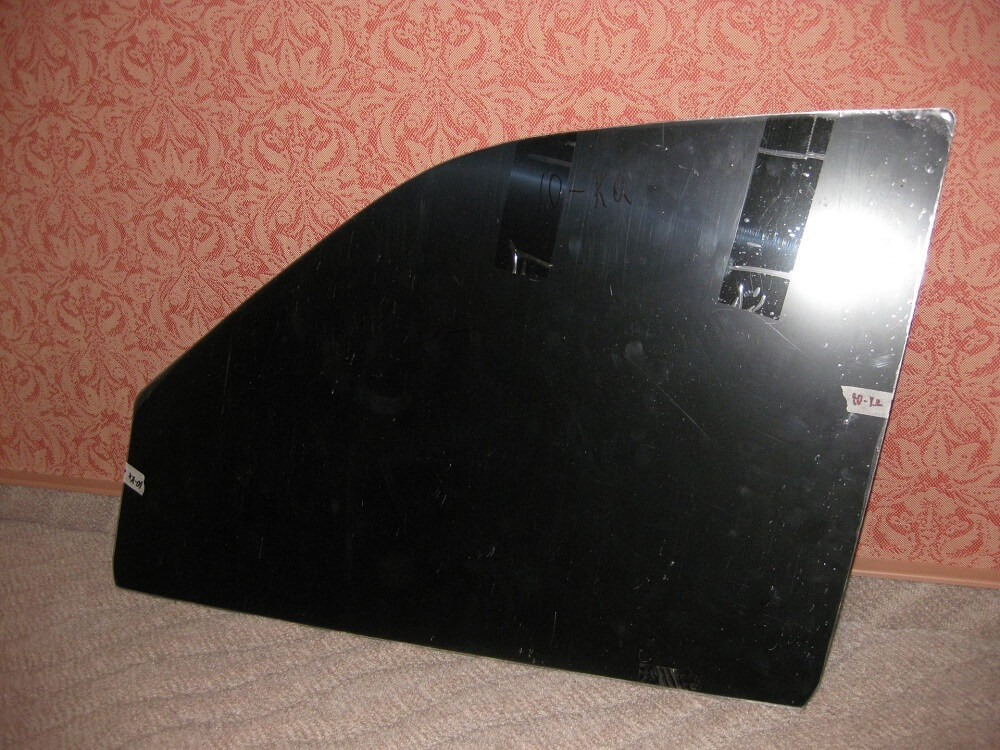
Thinking about which tinting to choose, pay attention to removable products from SunTek. It produces quite a lot of varieties of materials with a degree of shade from 5 to 100% and even a mirror tint.
Of course, many of them can only be used when the car is parked, however, before driving, you can easily change the formally prohibited tint to another one that will not pose a threat to safety road traffic... Besides, in lineup the company also has many types of frameless tinting, but it practically does not differ in its properties from the products of other brands.
Norms and standards
Before choosing and buying a material for tinting a car, you should once again recall the norms of domestic GOST, which regulate road safety. According to these rules, the tinted windshield must delay no more than 25% of the light so that the driver can recognize a dangerous situation in a timely manner.
The best prices and conditions for the purchase of new cars
Credit 4.5% / Installment / Trade-in / 95% of approvals / Gifts in the salonMas Motors
Spectacular film for car tinting is an essential attribute of any tuning. Moreover, every car enthusiast who seeks not only to distinguish his car from the crowd, but also to increase the level of comfort when moving, sooner or later thinks about purchasing it. However, deciding to buy a film, we get lost in a large assortment of material and take the first one that comes across, closing our eyes to all the advantages and disadvantages. In order for you to approach the procedure with an understanding of the matter, I decided to devote this publication to her. Hello dear friends! Go!
What does the film for tinting consist of?
The tinting production technology consists of complex chemical processes... Colored dyes and polymers are the main ingredients of this dish. Why did I remember cooking? It's that simple! At its core, the tinting film resembles a delicious hamburger. Remember yes, as layer by layer we enjoy its taste, so here we observe about seven levels:
- Elastic polymers are the foundation of our material, all subsequent layers are laid on it.
- Dyes - change color, tint, and shade level.
- Sun absorber - takes over the negative effects of ultraviolet radiation.
- Adhesive layer - protects the material from delamination.
- Contact adhesive layer - thanks to it, the film is effectively glued to the glass.
- Anti-abrasive layer of protection - reliable armor against mechanical damage.
Depending on the type of film and its manufacturer, some steps can be changed or supplemented, but as a rule, the adjustments are minor.
Classification of tint films
The types of films for aesthetic indicators are divided into:
- Painted - a budget option that does not differ in a long operational life. The dye is located directly in the polymer base.
- Metallized - characterized by increased resistance to external factors, reflects most of the sun's rays. Aluminum spraying, located between the main layers.
- Infinity - due to the fact that the metal spray is applied on top of all components, it is significantly better than the previous version. The reflectivity of infrared rays is 70%. Plus, the mirror texture will appeal to many car enthusiasts.
- Spatter - the same metallized, with a slight difference. A layer of aluminum is applied directly to the polymer base. Solid appearance, complemented by lifetime warranty... The best film in terms of durability.
- Effect with a transition - the spraying is carried out from the lower layer to the upper one, while the density increases. The chameleon will protect the driver from infrared rays as much as possible at noon, when the sun is at its zenith.
- Carbon is an elite type of films for car glass... Thanks to the additional graphite layer, the material actively fights radiation, does not fade, and also transmits the radio signal. The price is probably main drawback of this type.
- Athermal - despite their transparency, they provide excellent conditions for the driver. Athermal film is used by many motorists.
All types I mentioned may differ in their purpose:
- Impact resistant - a thicker material that prevents mechanical damage to the glass.
- Sunscreen - protects the driver from infrared and ultraviolet rays.
- Decorative - demonstrates the individuality and unique style of its owner.
And finally, the most important factor by which the film is distinguished is light transmission. It is this nuance that the traffic police inspector often does not like. Consider the sale of film with what percentage of light transmission is carried out in the Russian Federation.
![]()
- 50% is the fully visible interior from the outside.
- 35% - the visibility of the interior remains clear.
- 20% - the salon is poorly visible, but people's faces are visible.
- 15% - only silhouettes are visible.
- 10% - a fuzzy outline of silhouettes is visible from the outside.
- 5% - the salon is inaccessible to the eyes of others.
“Which film to choose?” - after reading, everyone will ask. What can I tell you, even if it is glossy, or even a chameleon, the main thing is to remember that the permitted rate for the windshield is 25%, and for the front side windows - 30%. The difference in clearance is clearly visible in the photo.
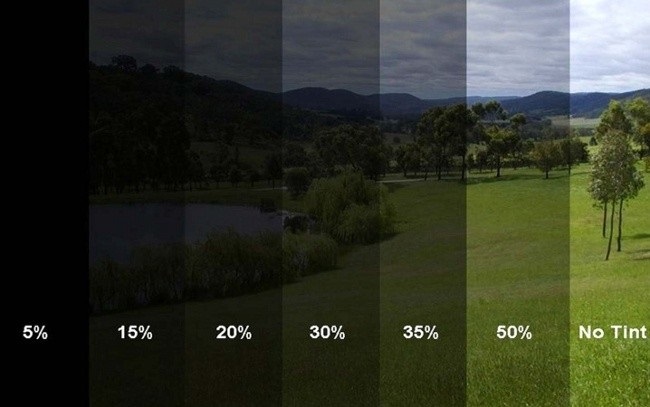
What we have?
Knowing everything possible characteristics, according to which tinting materials differ, it will become much easier to make a choice, but the market is replete with goods from various manufacturers. How to decide on a brand? Numerous reviews say: better than an American, toning is not to be found. I will not list all the existing brands, I will single out only one. Llumar is a manufacturer with a reasonable pricing policy. Moreover, in the assortment of his goods, you can find absolutely any type of coating with its characteristic qualities. If you are going to carry out the tinting procedure on your own, buy a film with a margin. After all, even if it turns out to be superfluous, tinted headlights will use up the rest! I have everything, all the best!
› How toners deceive us. "American" film SunControl.
Good time friends.
Today I want to touch on one interesting topic that you probably did not think about and did not know. The blog will have a lot of letters and arguments. The purpose of the story is to convey the truth to you, because I work closely with this. I'm not going to write about the characteristics of films, I want to bring non-clean installers to clean water.
It will be a question of toning films today. I already wrote about athermal and chameleons earlier, today we will talk about classic films with black color.
Classic tint film
When we just started tinting cars, I immediately wanted to have a certain assortment of films, I like when there is a choice. Having made a market overview, we opted for premium Llumar film and on the film of the middle segment SunControl. Control will be today the very bone of contention or the main character of the blog.
There is nothing special to write about Llumar, this is a top film, production is at a very high level at the CPFilms plant in America, I even found a video about this plant

Llumar Film Box
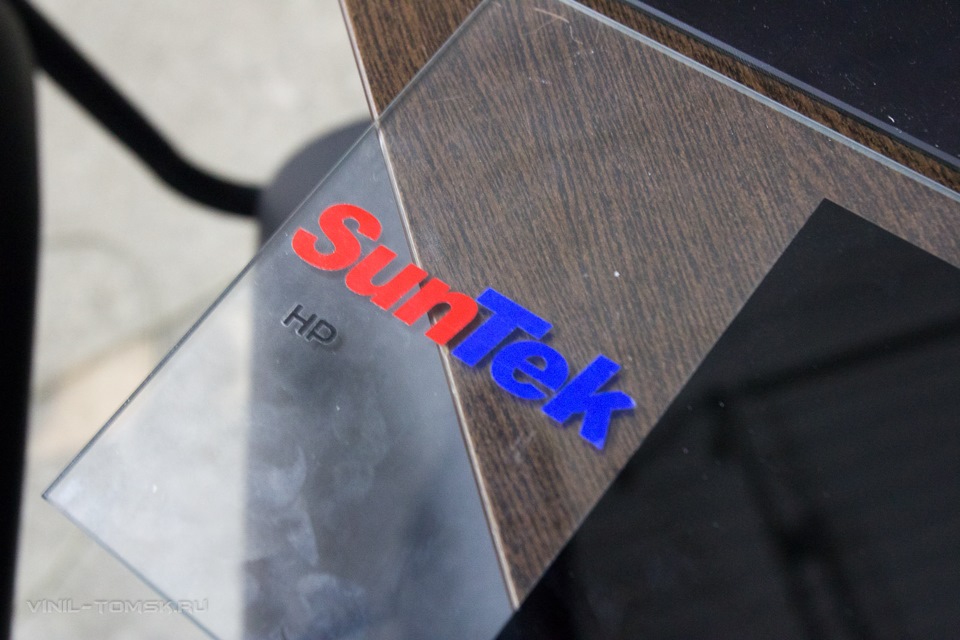
Over time, we also began to offer the SunTek HP series film, I put it between Llumar and SanContr. The main reason why we brought it is the film shade. If in Llumard it is a little brown, in SanControl it is in blue, then Santek gives a black tint, which is what many want.
Suntek is also produced in the States by Commonwealth Laminating & Coating, Inc. (CLC).
Suntek Film Box

SunControl film. Over the years of working with this film, I can honestly say, the film is probably the best in the economy segment. We did not meet a marriage, the availability in the nearest warehouse is always large. But there is one caveat, this film is produced in India. Yes, okay, they do it well, but no, read on, and it will become clear to you why I focused on this.

SunControl Film Box
I also found a box of American Standard Windows Film, took a picture of it for the company
ASWF box
The thing is that the Russian mentality since the 90s, when toning had just begun, was pleased to hear - "American film". Of course, selling film from the country of tigers and elephants, even if it is of good quality, is not profitable from a marketing point of view. In general, from any point of view. For example, a friend asks you what is pasted on your car, and you are India to him. As it is not comme il faut, it turns out, you know what I mean?
Now we write a request in Google: where is the sun control film produced?
Among the heap of links, we find our official in Russia, and this is an LVI and this is what they have written about this film:

About SunControl Film
I specially highlighted the one you need in red - American manufacturer of tint films Sun Control
How did it become American? They also make it in India. It's all marketing.
If you paid attention, there is no information on the address of the factory on the box, again a photo
But there is some kind of logo, Garware
After a short time on Google, you can easily determine that there is such a factory Garware Polyester Limited, Largest manufactures of Polyester Film in India since 1976, i.e. largest manufacturer Polyester film in India since 1976.
Now go to the About us tab (www.garwarepoly.com/contact_us.php) and see that the company's head office is located in Mumbai, India, and the plant itself is 4 hours from Mumbai.
I was not lazy and opened google maps and even found this plant - Link to the map
And just below, there are two subsidiaries, one actually in America, in Maryland, at 101 Lake Forest Blvd, Suite 403 Gaithersburg, and the second in England, in London itself, at Unit 2-17, The Plaza, 535 Kings Road.
But only from the presence of offices in England and the USA, the film still remains Indian!
The first part of the blog is over, now let's move on to the second, no less important, I'll show you using the example of my city of Tomsk.
We decided to find out what they are doing in our city. To do this, we opened DublGis, the Auto glass tinting heading, and simply called each company from a personal anonymous number. We had a standard question: How much does it cost to tint Toyota Camry, what kind of film you work, whose production, and for decency, when you can drive the car.
For the sake of respect, I closed the names of the companies, but the rest of the data is open:

Matrix of competitors for toning in Tomsk
Immediately ask for a petition for the crooked handwriting, but I think everything is visible. Many people work with SunControl film, but only two companies have it Indian. Hmm, unfortunately, I will disappoint you here too, they recognized Vasily by the voice of our administrator, and perhaps they understood why this question was, so they answered correctly. Otherwise, things could be different.
Well, what happens here, either a deliberate deception on the part of the installer, or it is his ignorance, and he really thinks himself that this is a film from the USA. But this is bad in both cases, in the first it is clear why, in the second it turns out that the installer is not competent and he himself does not know what he is working with.
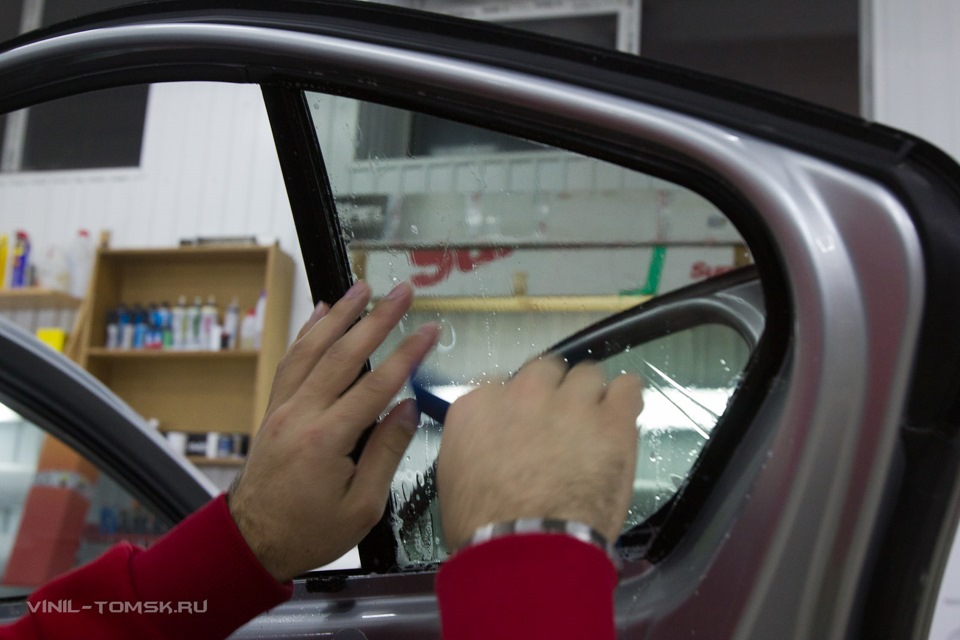
toning process
And now why I decided to write about it, it just began to reflect on us. We always speak honestly on the phone, or when people come to us that we have three types of film, India and two Americas, then it's up to you to decide. Here is our sedan price list, for example:

Price for toning
June 11th, 2015  Admin
Admin
In this article we will tell you how to choose a tint film for a car and what types it is, let's talk about the best manufacturers film, and also tell you about the current standards for light transmission. In general, car owners carry out tinting for various reasons. For example, with the help of tinting, many once and for all solve the problem of interior burnout in the sun. In addition, it has been scientifically proven that in a tinted car, passengers are less affected by harmful ultraviolet radiation, which has a beneficial effect on health.
Dl i h eh o n already for that nor Ro w o w a car?
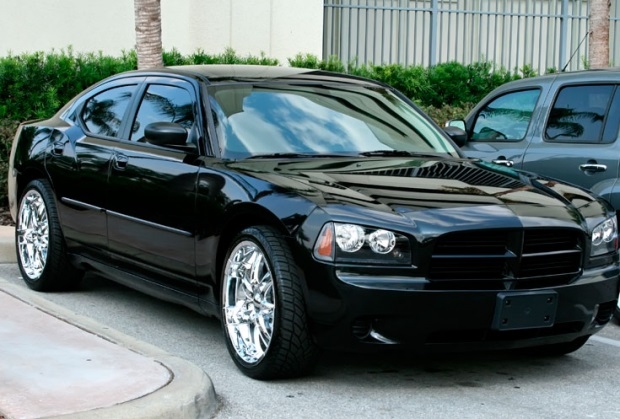
The tint film somewhat increases safety in case of accidents, since it does not allow the glass to break into small parts. However, this is really more likely for old cars - new high-tech glasses are safe without it.
Tinting protects people inside the car from prying eyes, and also prevents potential thieves from seeing what lies in your cabin and how expensive your car is equipped with an audio system.
Some drivers are driven by aesthetic motives, because with the help of a beautiful, effective tint film, you can improve the appearance of the car without making significant changes to its design.
What kind there are toners

It is most convenient to classify tint films by their type (type), which is characterized by the material from which it is made. Let's take a closer look at each of them and find out which film is better for car window tinting.
The main types of tint films for cars:
- Metallized tint film;
- Colored tint film for cars;
- Tinting film with color transition;
- Infinity tinting film ( mirror tinting);
- Carbon film for cars.
Tony ditch metal zir ov but no th pl Enkoy photo
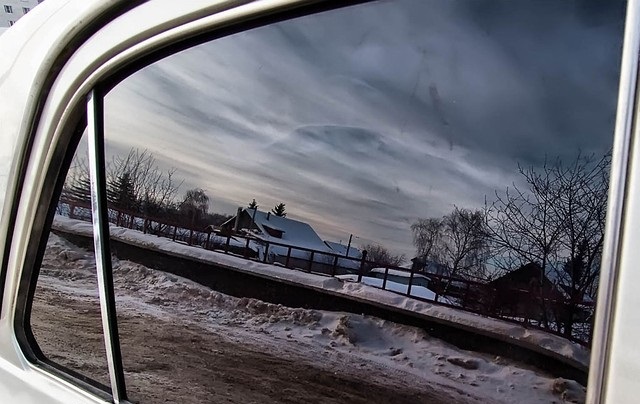
This type of film will the best choice if you first of all need to limit heating and burnout of the passenger compartment. A feature of this tinting is a thin aluminum coating that reflects the sun's rays well.
Aluminum gives the material the metallic sheen from which the name comes from. A significant disadvantage is that such toning interferes with the passage of signals, so the mobile communication in the car will be unstable.
That Stacking the glass color film
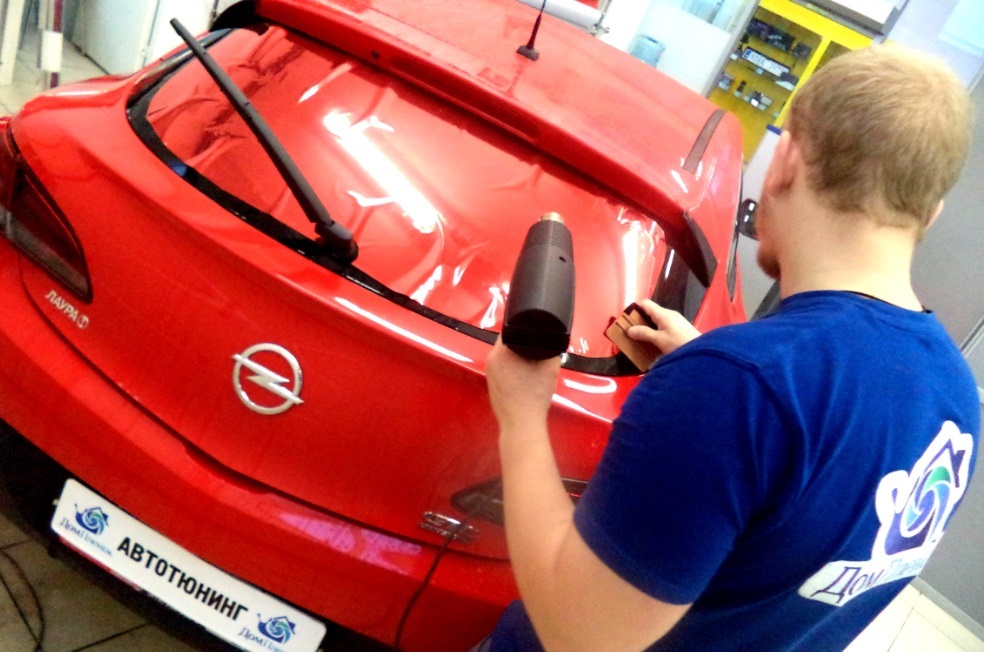
Films of this type are the most common. Consist of several microlayers different shades, the imposition of which on each other and gives a certain color. They have a reasonable price, and a variety of colors allows you to choose a film to the taste of every car enthusiast. Due to the absence of metal in the composition, there will be no interference with mobile communications, but such material also reflects the sun's rays worse, and also wears out much faster compared to analogues.
Tinting film with color transition
 Not everyone will like the film with color transition for cars. If you glue the glass over it, then it will become multi-colored, because the material consists of two parts with a smooth transition: metal spraying at the top and an ordinary colored part at the bottom. From the inside of the machine, the top of the glass just looks darker than the bottom. This combination allows you to get rid of sun glare and at the same time maintain excellent visibility, as a result of which the film is very practical, but looks ambiguous from the outside.
Not everyone will like the film with color transition for cars. If you glue the glass over it, then it will become multi-colored, because the material consists of two parts with a smooth transition: metal spraying at the top and an ordinary colored part at the bottom. From the inside of the machine, the top of the glass just looks darker than the bottom. This combination allows you to get rid of sun glare and at the same time maintain excellent visibility, as a result of which the film is very practical, but looks ambiguous from the outside.
Tinting film infi threads photo
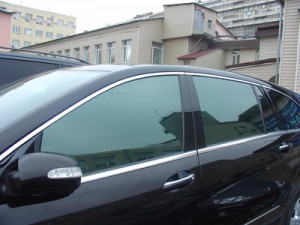 Also known as mirror tinting. In fact, a variation of the metallic - aluminum sputtering is located on the outside, and not between layers of colored film. As a result, it is noticeably stronger and better reflects the sun than a metallized film. It darkens the interior almost without sacrificing visibility, but it is more expensive due to the higher production cost than metallic, and also glares outside (in the dark) when light hits it, which can cause an emergency.
Also known as mirror tinting. In fact, a variation of the metallic - aluminum sputtering is located on the outside, and not between layers of colored film. As a result, it is noticeably stronger and better reflects the sun than a metallized film. It darkens the interior almost without sacrificing visibility, but it is more expensive due to the higher production cost than metallic, and also glares outside (in the dark) when light hits it, which can cause an emergency.
Car wrapping carbon ov oh film
And here we are answering the question, which film is better for car window tinting? - the most high-tech carbon film for cars at the moment. Its design uses a graphite microlayer sprayed in a vacuum. As a result, very high characteristics are achieved: reflection of sunlight and heat at the level of metallized films at complete absence interference and glare, UV resistance and fading, long service life. And if you want to buy a carbon film for a car in Moscow, then immediately it appears big flaws- this is a high price and a limited number of car services where you can tint a car with it.
Tint film manufacturers
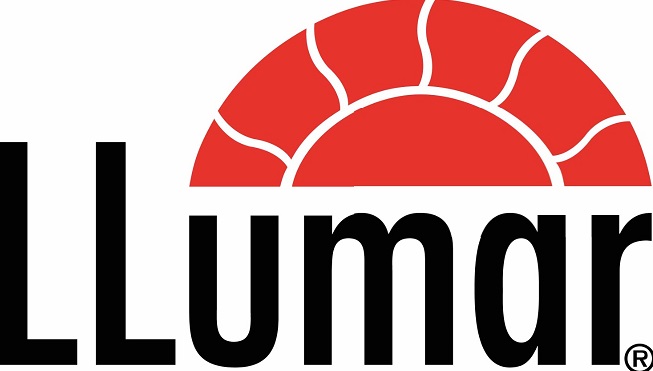
There are many manufacturers of tint films on the market. However, not all goods of this type have good quality... Therefore, it is better to focus on well-known firms with a solid reputation for years - Llumar, Martinsville, Contrast, VA, Infinity and Johnson.
It will also be useful to look on the Internet for reviews of manufacturers unknown to you and a specific film model, and only after that make a choice.
The quality and light transmission of the tint film
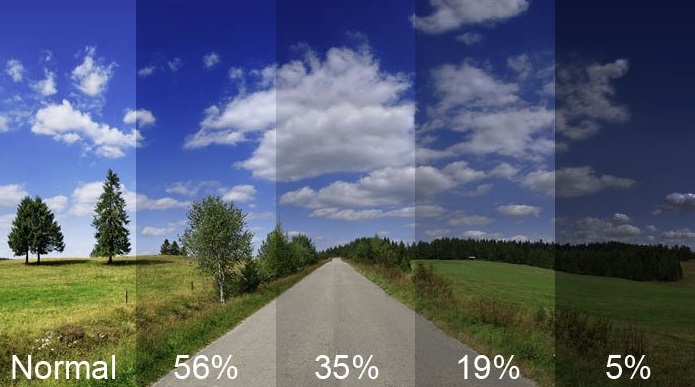
The tint film must comply with several mandatory parameters, which are prescribed in GOST 32565-2013 and Amendment No. 363 of the State Standard of the Russian Federation, so every motorist should know how many percent is allowed to tint the front windows. Otherwise, you may be fined by the traffic police or you will not be able to pass the inspection.
Amendment No. 363 regulates by what percentage the front windows can be tinted:
- Windshield - 25% ;
- Front side windows – 30% .
Light transmission of tinting rear windows not regulated. The main thing is that the machine is equipped with side mirrors rear view on both sides.
At self-choice film without fail ask the seller for certificates of conformity to GOST and find out how transparent it is.
If you decide to entrust the implementation of this work to specialists from the car service, then you do not need to worry - all the film is certified there. But still, be sure and take a special act on the work performed, which will reflect the light transmission of the tinted glass as a percentage.
We hope our article was helpful to you. Lucky road!
What difficulties did you face when choosing a tint film?
Comparison of the light transmission of the tint film.
What percentage of the light transmission of the tint film should I choose? Many people stand with such a question at the store shelves when buying a film for self-tinting a car or ordering a film in the salon. This is the most important parameter of the film after its manufacturer.
As for the manufacturers, I want to say that from my experience it follows that to take China for 140r. highly not recommended, it is easily wrinkled, torn, marks remain on it after ironing. I really did not evaluate her burnout resistance, but I do not think that she will be able to demonstrate a colossal result in this nomination. Therefore, do not spoil your nerves, do not take cheap film.
The best I have tried is MTF, so I advise everyone to take this tape without exception. There is also American film, they say that it is even more expensive
and it is even better, but you can not get it in every city.
At the moment, Russia has become equated with Europe and has banned the tint of the front hemisphere of the car. Therefore, by law, it is impossible to tint the front side
glass. Rear windows you can tint with anything and how you like, even with tint varnish.
Let's go directly to the comparison. In principle, when we have not tinted front side windows we do not care what is there in the back, the only thing that can be difficult to see is that someone is standing behind the car in the dark. Well, since you want the film to last longer and hide the presence of things on back seat I recommend choosing 10% and 5% films. Well, if you still want to tint the front side windows against the rules, then I do not recommend that you take a film below 10% transmission, because in the dark you will not see anything on the sides, you will drive according to coordinates. Well, I think everyone's mania went away when they tinted windshields... In the dark, nothing is visible in such glass.
So, here is an example of comparing the film in the event that we tint the front windows with this film.
20% - it makes no sense to take a lighter film, it is already invisible, there will be a feeling that you just have athermal glass. You can describe this tape like this:
In the daytime in the daytime sun: You see everything perfectly. You are also well seen, but in a pleasant gray surroundings.
In the dark: you can leave the garage, everything is more or less visible on the sides, it is excellent to take it backwards.
In cloudy weather: they can see you well, you can clearly see what is happening next to the car
During snow / rain: Distinguish the silhouettes of those sitting in the car. You see well what is happening nearby, you do not feel discomfort.
I recommend toning the whole car with such a film, but on good light the contents of the car will be at a glance. For lovers of light tinting. At first it will seem that the difference with ordinary glasses is big, over time it will seem that there is almost no tinting.
15%
In the daytime in the daytime sun: You see everything well enough, and people passing by can see your facial features.
In the dark: You are uncomfortable to take back because it is a little dark around. You have to open doors or lower windows or get used to looking at objects.
In cloudy weather: they hardly see you, you see average.
During snow / rain: Distinguish the silhouettes of those sitting in the car. You see well what is happening nearby, you do not feel discomfort, it is cozy in the car.
10%
Toning with this film is already called trash tinting. From the street it seems that the glass is covered with paint, but in the bright light the film still shines through and the silhouettes of those sitting become visible. Such a good tint to the back of the car.
Daylight hours in the daytime sun: You see normally.
In the dark: Leave the garage reverse uncomfortable and dangerous, driving at night is so dangerous that you won't even see how you hook it sideways standing next to pillar.
Cloudy: You see average.
During snow / rain: Even worse than the previous point, but your visibility drops even more.
From my own experience, I recommend toning the rear hemisphere and front glass with such a film, especially if anti-reflective mirrors are not installed.
5%
Well, this is already complete rubbish.
In the daytime in the daytime sun: You can see normally on the sides.
The surrounding people drive by with caution.
In the dark: you are a real extreme if you ventured on an adventure at night in a car with such a film, because you can only see an obstacle from the side or from behind when you enter it.
In cloudy weather: What is happening on the sides hardly touches you, it is somewhat difficult to rebuild from lane to lane, you cannot see well, there is a feeling of discomfort. Of course, no one sees you.
During snow / rain: You are already preparing a knife to peel off this film and throw it right here and now, because you cannot even see what color the snow is. You have to actively twist your head.
In general, tinting with such a film makes the glass deaf, but on a hot day such a film is a great help, but in the dark and rain you have to suffer, it is impossible to get used to it.




